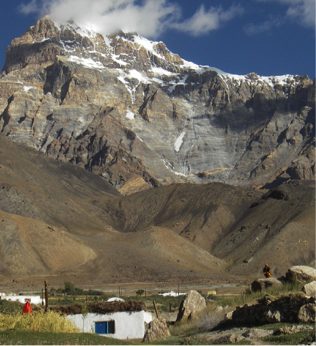
Anticipating Climate Change in the Pamir Mountains 2015

In the Pamir Mountains, which span the border between Afghanistan and Tajikistan, small-scale farmers and herders are key food producers. Traditionally, they have used calendars based on historical climate cues, such as first budding of a plant or the last day of snow cover, to anticipate weather patterns and coordinate planting and harvesting with seasonal cycles. These ecological calendars vary from valley to valley because they are well-tuned to small-scale elevation and geographic differences. As a result of colonialism and conflict throughout the twentieth century, ecological calendars fell out of use.
The goal of this contest is to find ways to use both traditional and scientific knowledge to adapt the calendars and anticipate the effects of climate change. Relevant data can include, but are not limited to: satellite data, snow and ice observations, historical records, climate model output, stories, and local observations. The climate events that Pamiris need to prepare for have a wide range of time frames and may relate to: changes in the mean climate (long-term adaptation), year-to-year variability (short-term adaptation), and extreme events (response to individual events such as flooding, late spring freezes, droughts).